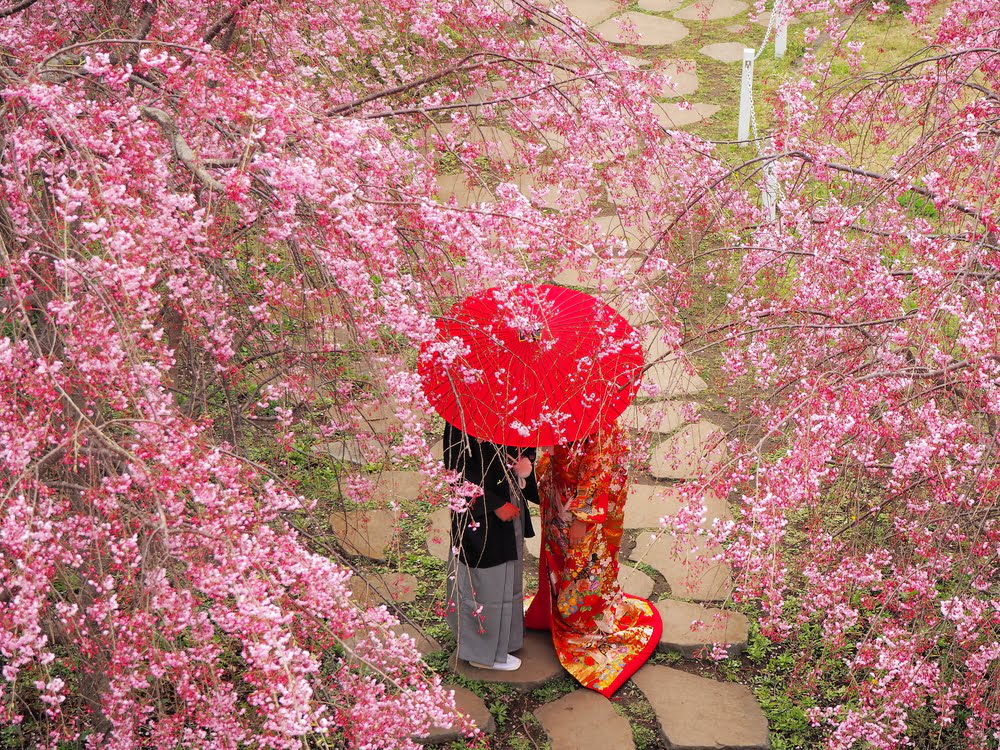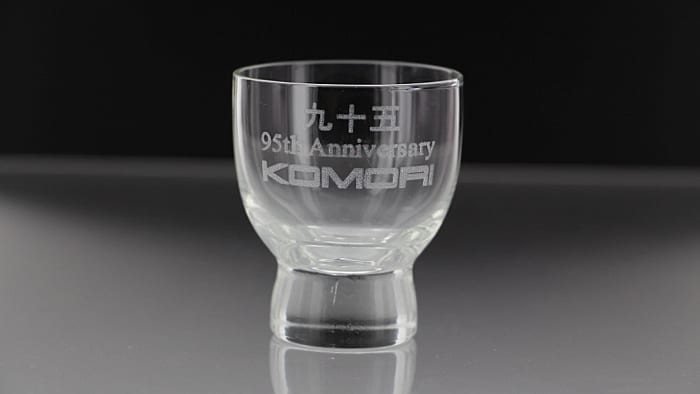If you are working in Japan and want to get along with your peers and superiors, you have to immerse yourself in their customs and traditions like Japanese Weddings.
Chances are, you will get invited to an authentic Japanese wedding. The June bride is also common in this country as many Japanese weddings also happen in June. In fact, this season is so busy that venues get filled up quickly. But we’ll be telling you about the most popular weddings for when you get invited someday.
Japanese wedding styles
This wedding style is usually conducted on shrines. A Shinto priest presides the ceremony and offers prayers. The ceremony’s highlight is the Sansankudo, where the couple both drink from nuptial cups of sake. To conclude the ceremony, they offer Tamagushi, a Sakaki branch to the gods. The couple is in traditional Japanese dresses – the bride in a Shiromuku, an illuminating white kimono.
Jinsenshiki wedding
This type of wedding is a civil wedding. As it is not a religious ceremony, it is not officiated by a priest or a pastor. Rather, an emcee is usually hired to keep the ceremony more engaging. There is no formal setup, and it totally depends on the couple how they want the wedding to go. If they want, a pastor or a choir can be present. Usually, the couple asks the guests to sign their marriage certificate as proof.
Other Japanese wedding aspects
Usually, Japanese weddings are held at churches. Japanese weddings can also be private to just close family and friends. Moreover, big weddings have around 100 or more guests. The average number, though, is around 60 to 80 guests.
Ceremony
The ceremony starts with the couple exchanging vows, whether it is a Shinto service or just a civil wedding. Stories are told in a hall, where the ceremony will take place. Entertainment is usually provided as guests, and the couple mingles. Depending on the bride and groom, there can be a costume change. Western culture is already added in.
The reception usually takes two and a half hours. There can even be an after-party to the after-party. These after parties usually are informal, have no proper agenda, and require no host. Some guests only attend the after-party. But if you have gone to the main ceremony, you don’t have to go to the after-party. It is your own prerogative unless perhaps it is your boss holding the party. These weddings are beautiful and fun for everyone.



